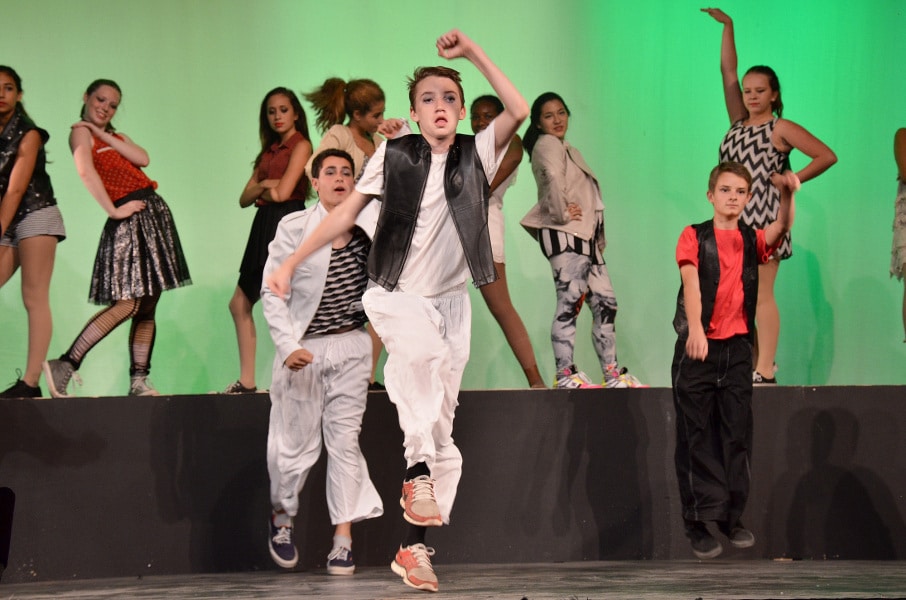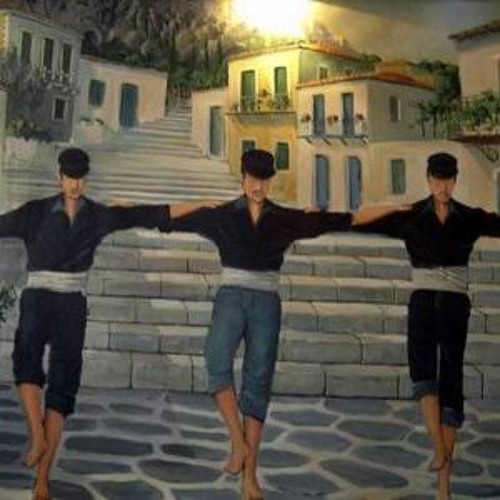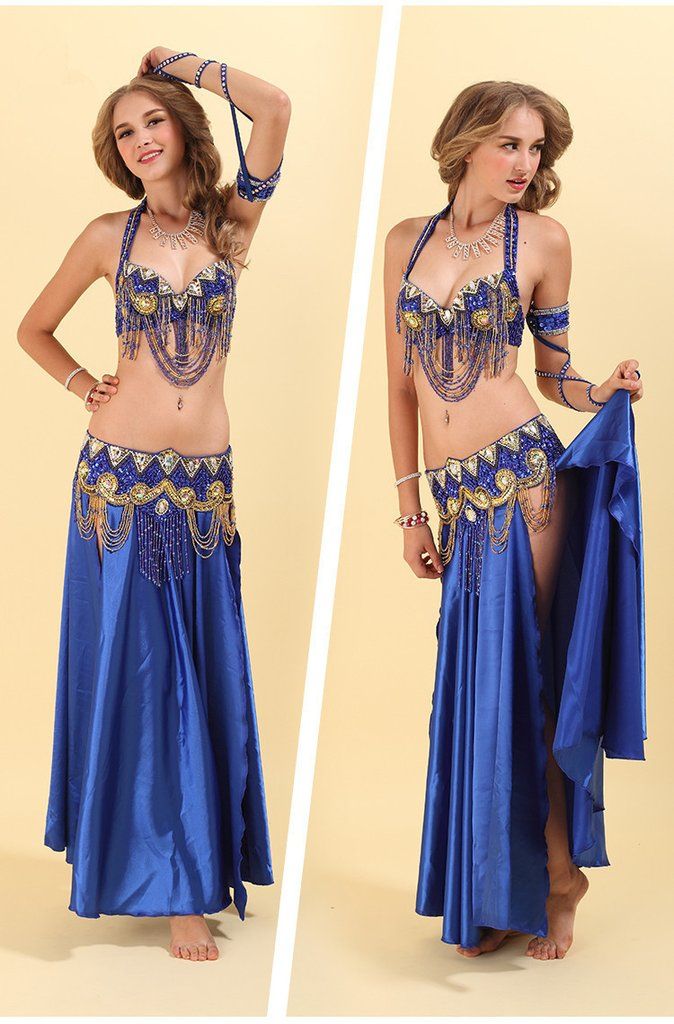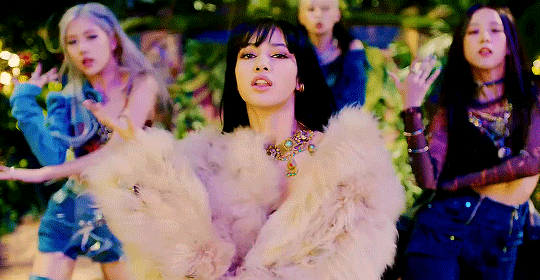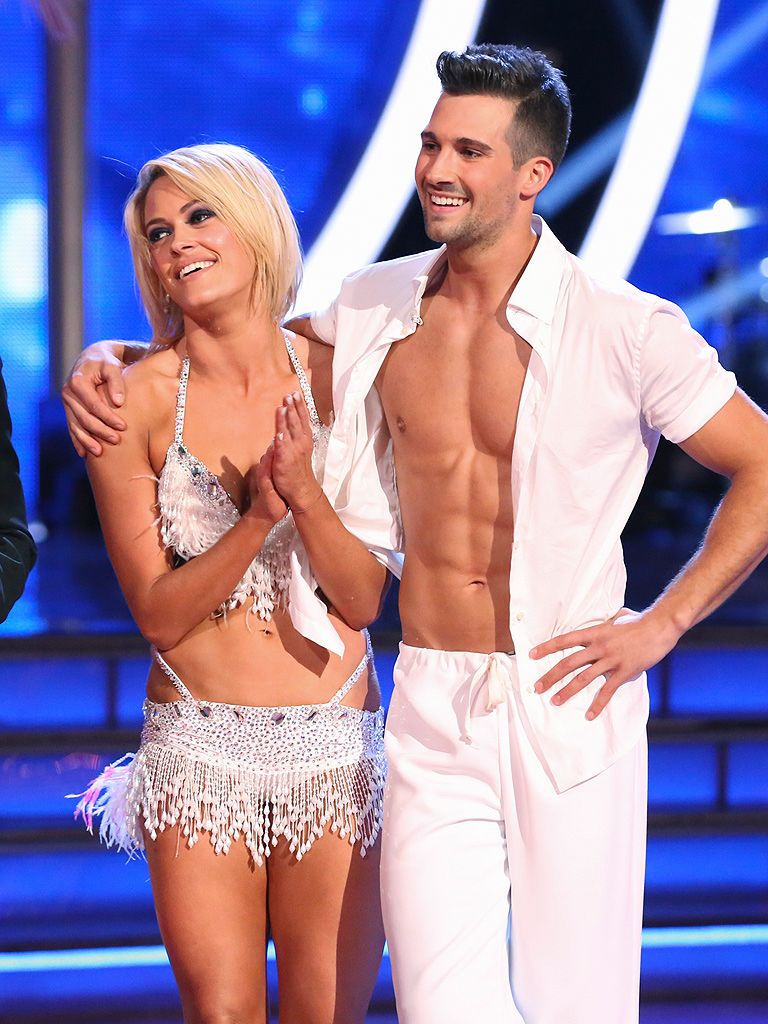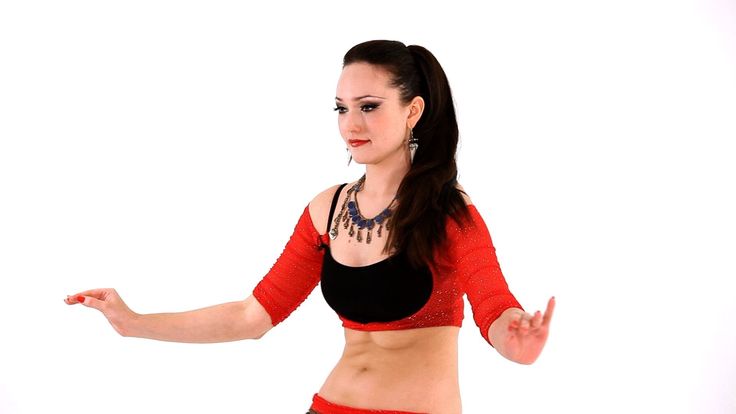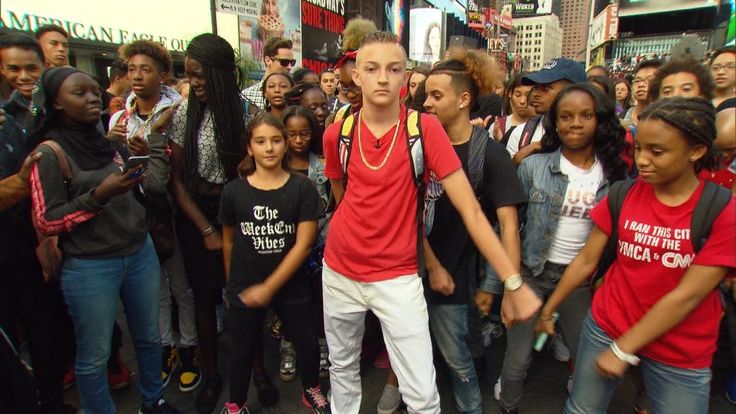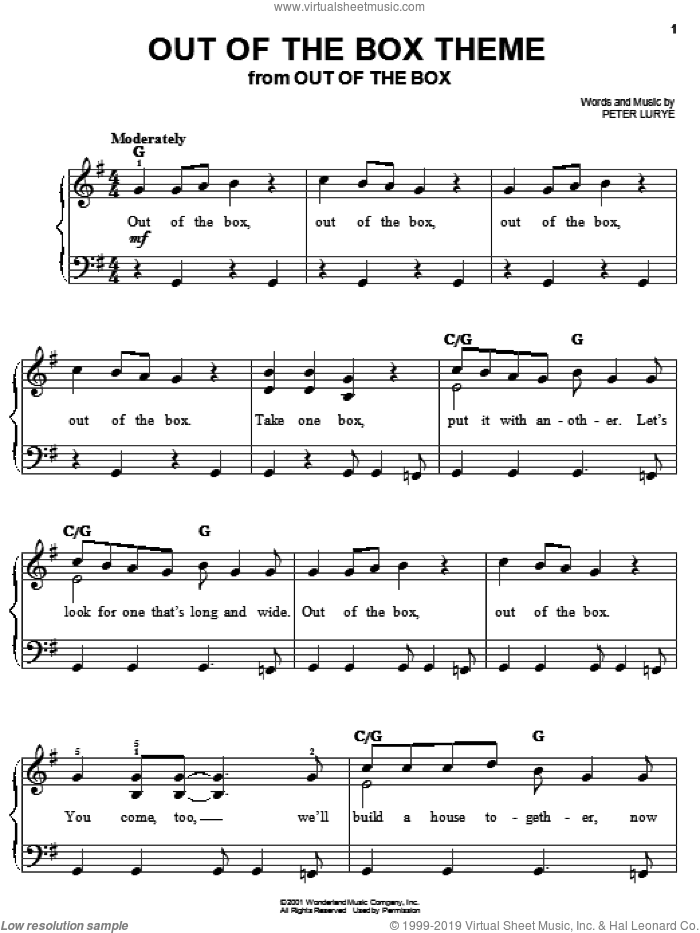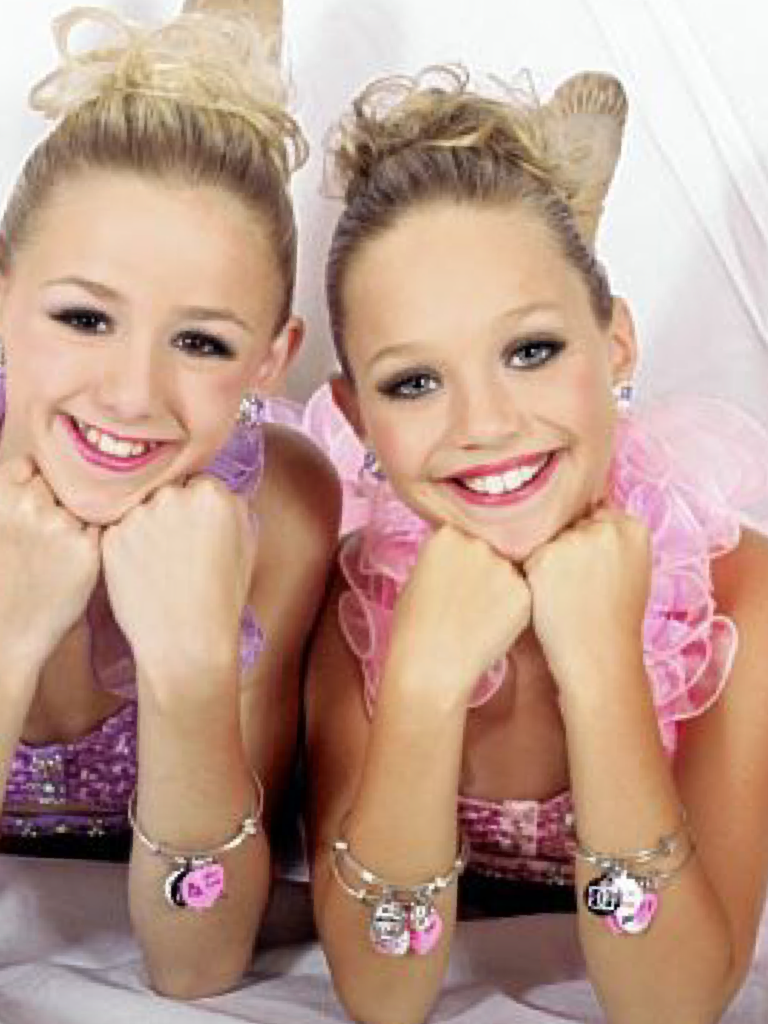How to polka dance video
How to Polka Dance - Free Video Lessons
Polka dancing is a quirky and energetic folk dance performed in 2/4 time. It is filled with quick movements and lively hops that give the dance an abundance of personality. The steps of the polka are fairly simple to learn, but the speed and hops can quickly throw you off rhythm. Learn how to polka dance with this free video lesson from Howcast!
History of the Polka
Polka dancing was first performed by Czech peasants during the early 1800s. The name is derived from the word pulka, which means half in Czech and is an ode to the fast-paced nature of the dance. It is rumored that a peasant by the name of Anna Slezak created the dance simply to amuse herself.
After its creation, the dance caught on quickly and became a popular folk dance that ended up in Prague ballrooms. From there, it spread to the ballrooms of Paris and was a sensation with French dancers. Because of this, it didn’t take long for polka to make its way to both the U. S. and England, where it is still performed today.
How to Polka
While the steps of the polka are not that difficult, understanding the hop and time signature can make the dance somewhat confusing at first. When learning how to do the polka, it’s best to perform the it slowly to start, then speed up once you can successfully execute the steps. Here are some tips to help you get started:
Body Position
You should start with ample room between you and your partner. A man’s left hand will extend out at about shoulder level, while a woman’s right hand will extend out to meet it. The man’s right hand should be placed below a woman’s left shoulder blade and the woman’s left hand will rest atop the outstretched arm with the hand on top of the man’s right shoulder.
Counting
Because the polka is done in 2/4 time, counting it is fairly straightforward. This means that there are two beats per measure, and each measure contains three steps. You can count this by just saying: “1 and 2,” repeating this as you dance.
How to Do the Polka Basic Steps
Before you get carried away with fancy twirls and moves, learning the basic steps are important for building a foundation to work with. Using your knowledge of the count and body positioning, you can begin to perform the basic steps of the polka:
- Stand with your feet together, knees relaxed. If you're the man, hold the woman along her back with your right arm. If you're the woman, rest your left arm along the man's back, pressing your extended hands together.
- Step and hop. Step to your left, if you're the man. If you're the woman, step to your right. Each person hops the second step with their opposite foot, the other just coming off the floor. Then bring your feet down next to each other.
- Reverse step. Draw your partner back with you as you reverse the step with a right, and then a right-side hop, setting the left foot down. TIP: Take lessons or buy some CDs to get the rhythm down before trying.

- Spin and hop. Turn out slightly by hopping out on your left if you're the man, and spinning yourself 180 degrees. The woman follows, hopping instead on her right.
- Swing her. Swing the woman around with you as you hop back now with the right, finishing a circle and bringing her around to starting position as you set both feet down, side by side again.
- Start again. Start the steps all over again as you wheel around the floor, hopping on the first notes of each phrase. Remain in sync with the music on each step. TIP: These steps convert nicely to country western standards.
- Get crazy. Put in additional steps wherever you choose as you feel more comfortable. The polka is about letting loose and having fun.
You Will Need
- Partner
- Dancing shoes
- Ballroom or beer hall
- Music
- Dance lessons (optional)
- CDs (optional)
Start Polka Dancing!
By now, you’ve likely mastered the polka dance! To learn more dance styles with free video lessons, explore our main How to Dance page!
Polka information, tips, free dance videos and music examples
| See also: Ballroom Dance DVD's & Videos >> << Learning Center Intro |
The polka is a gay, fast-traveling dance that is easy to learn, but requires lots of energy. The polka was originally a Czech peasant dance. The dance was first introduced into the ballrooms of Prague in 1835. The name of the dance (pulka) is Czech for "half-step,” referring to the rapid shift from one foot to the other. The polka is the state dance of Wisconsin. In the 1990’s, polka regained popularity among country-western dancers.
The polka was originally a Czech peasant dance. The dance was first introduced into the ballrooms of Prague in 1835. The name of the dance (pulka) is Czech for "half-step,” referring to the rapid shift from one foot to the other. The polka is the state dance of Wisconsin. In the 1990’s, polka regained popularity among country-western dancers.
| The Basic Step of the Polka PLAY
| |||||||||||||||
- The Moves
- The Music
- History
- Tips & Info
The basic Polka step is a continuous series of step-close-step “triple steps.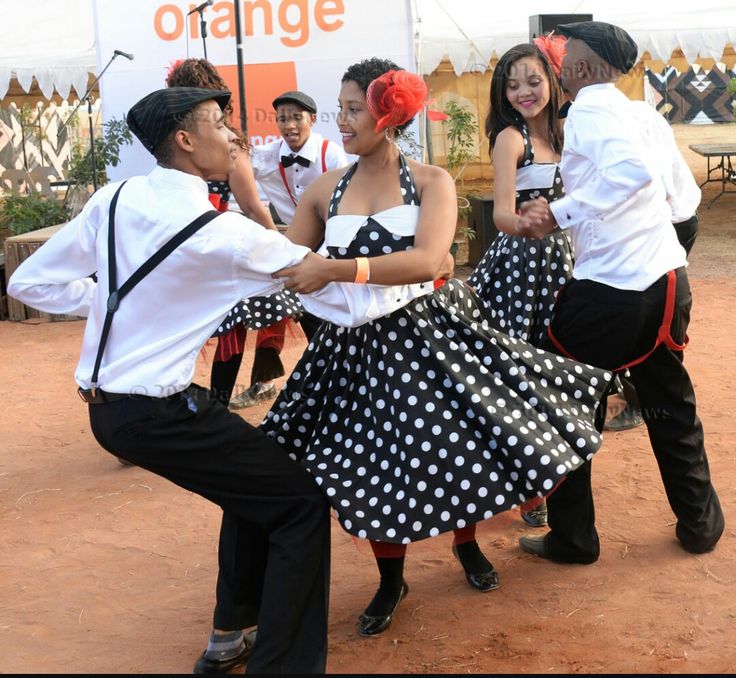 ” Some people liken the basic movement to “galloping.” Like the two step and Viennese waltz, the polka is a fast traveling dance that is generally danced around the perimeter of a large dance floor.
” Some people liken the basic movement to “galloping.” Like the two step and Viennese waltz, the polka is a fast traveling dance that is generally danced around the perimeter of a large dance floor.
<< Back to top
Polka music is written in 2/4 time and the tempo is fast, usually more than 190 beats per minute. The polka was originally a European peasant dance and was danced to lively folk music. Perhaps the most well-known polka song is the “Beer Barrel Polka,” made famous by Frank Yankovic.
Polka Music Examples >>
<< Back to top
The polka was originally a Czech peasant dance that became popular in the mid 1800’s. European immigrants brought the polka to Wisconsin and polka became the state dance of Wisconsin. Polka is very popular among country-western dance competitors.
<< Back to top
Here are some "universal tips" for learning how to dance a partner dance such as polka.
- First, acquire a few audio CD's of the music and play the music over and over in your home or automoble. Next, count the step timing in time to the music. This you can do sitting down, perhaps while driving. For example, for waltz, call out the 1,2,3 1,2,3 step timing in time to the music. For foxtrot, call out the step timing using slows and quicks. For cha cha and rumba, it's important to recognize the first beat of each measure. Otherwise you may dance on the incorrect beat. If necessary, have your instructor assist you in learning to count the step in time to the music. Dancing in correct time to the music is absolutely essential. Continue this "sitting down and listening" exercise for as long as necessary until you can easily and automatically count the step in time to the music. The Ultimate Ballroom Practice CD sold by The Dance Store might be a helpful
tool.
- Next, practice the basic step, including the step timing, until the step is automatic - like tying a shoe.
 Using east coast swing as an example, practice the triple step, triple step, rock step basic until it's automatic. Next, practice this basic to music until it becomes automatic. Many basic steps can be practiced without a partner.
Using east coast swing as an example, practice the triple step, triple step, rock step basic until it's automatic. Next, practice this basic to music until it becomes automatic. Many basic steps can be practiced without a partner.
At this point, your brain is "freed up" to allow learning steps and patterns because you no longer have to concentrate on timing and step counting.
Many folks get frustrated if they can't dance competently immediately. Certainly individuals vary in dance aptitude, but all dancers must go through the awkward stages before they get to the polished stage.
<< Back to top
Figured polka
Author - I.N. Kusov.
Figured polka - Russian ballroom dance created by Ivan Kusov, the author of such classical ballroom dances as: in the competitive Program for classical (domestic) ballroom dancing for the age category of performers - 14-16 years old.
Music:
Time signature 2/4, tempo 58-60 beats per minute.
DANCE DESCRIPTION
Dance recording by E.I. Ivanova
Basic dance elements and dance movements:
- Polka pas forward, backward, in turn.
- Pa gallop (lateral gallop).
- "Scissors" legs - a small jump (jump) from one leg to another, with the alternate removal of the free leg forward on the toe. The drawn toe of the free leg touches the floor, the knee is straightened.
- Feet - a light foot strike on the floor, in which the entire foot is completely on the parquet. Before the inflow (on the beat), it is necessary, bending the knee, slightly raise the leg above the floor. Then (for a musical beat) you need to put your foot next to the supporting leg on the whole foot with a slight kick of the foot on the floor.
Dance composition.
Figured polka is a dance based on the movements of the polka and the gallop.
The dance consists of four parts, each - 8 measures.
The whole composition of the dance takes 32 measures of musical accompaniment.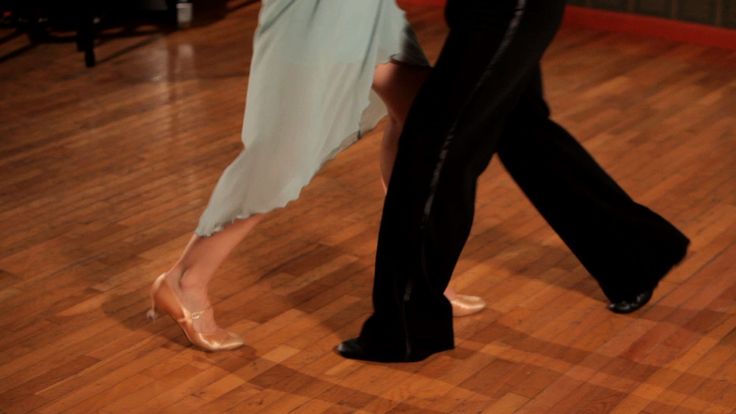
Starting position:
The dancers stand in a circle in pairs facing each other, the boy with his back to the center, the girl facing the center.
Legs - in 3 positions: the boy has the left leg in front, the girl has the right one.
Arms - joined in 2 positions, elbows rounded.
The position of the hands of the joined hands of the partners is "by the fingers". (The girl’s fingers lie on the young man’s fingers, the girl’s fingertips are directed to the center of the young man’s palms. Partners hold each other’s fingers with their thumbs: the young man holds the girl’s fingers from above with his thumb, and the girl holds the young man’s fingers from below with his thumb.)
The young man starts with his left foot.
The girl starts with her right foot.
| Clock count | Movement Description |
|
First movement (bars 1-8) | |
| 1 bar Account: I-1-I-2-I | Two gallop movements - along the line of dance.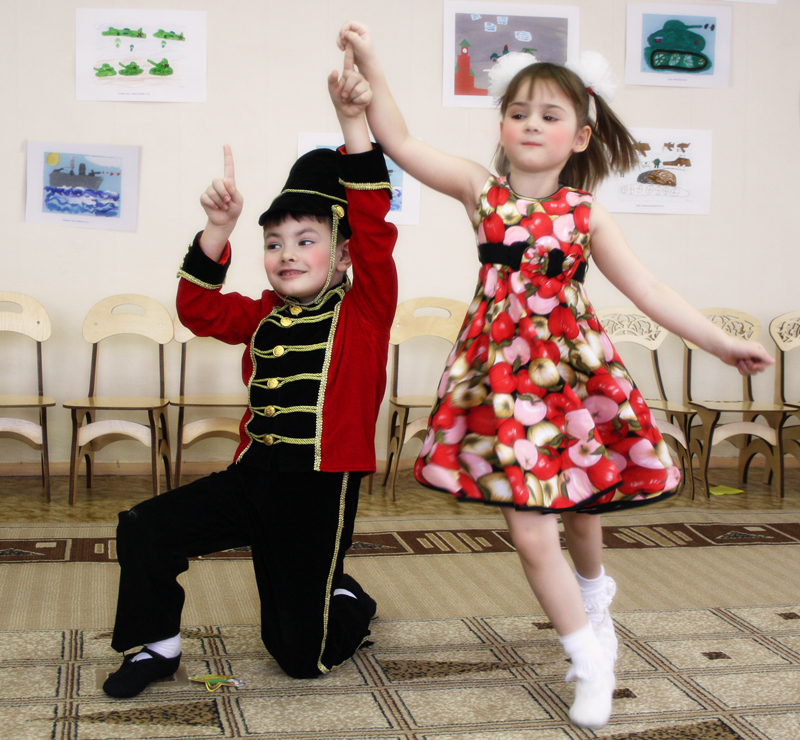 The dancers perform two steps of the gallop (side gallop) in pairs, moving along the line of dance: the young man - from the left foot, the girl - from the right foot. Before the start of the movement - on the first count of "I" (beginning of 1 measure), bring the leg to the side on the toe (boy - left, girl - right). When performing a gallop, the dancers' heads turn in the direction of movement (for a young man - to the left, for a girl - to the right). On the last count "And" (start-up 2 measures), the dancers finish the execution of gallop movements in position: - A YOUTH stands on his right leg, free left leg is laid aside on the toe, - A GIRL stands on her left leg, her free right leg is laid aside on her toe. |
| 2 stroke Account: 3-4 | Side step and footstep. A YOUNG MAN takes a step with his left foot to the side (along the line of dance) and stomps with his right foot, placing it in the 3rd position in front. A GIRL takes a step with her right foot to the side (along the line of dance) and stomps her left foot, placing it in the 3rd position in front. The left leg remains without weight. The positions of the body and arms do not change. |
| 3-4 strokes Account: I-1-I-2-I 3-4 | Repetition of movements 1-2 bars - against the line of dance. Partners repeat the movements of 1-2 measures, now advancing against the line of dance: the young man - from the right foot, the girl - from the left foot. On the count of 4, the boy makes a stomp with his left foot, and the girl with her right foot, placing her foot in the 3rd position in front, without transferring the weight of the body to it. At the end of the 4th measure, the partners stand in 3 positions, the boy has his left foot in front, the girl has his right foot. |
| 5-6 strokes Account: I-1-I-2 I-3-I-4 | Two polka movements moving towards the center.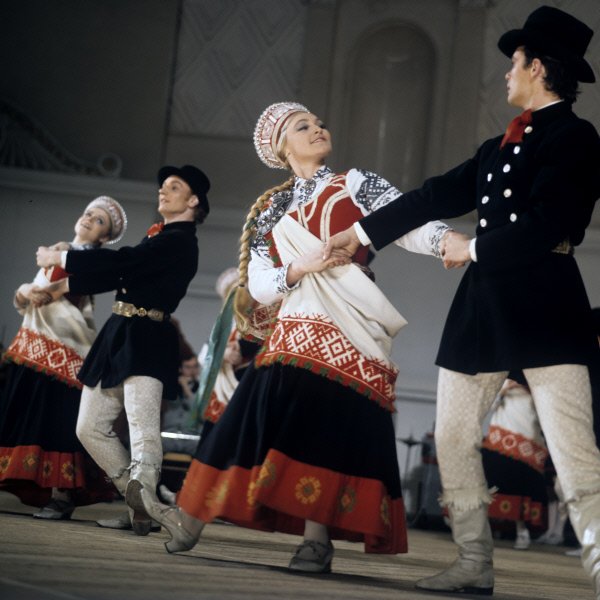 Without separating their hands, the dancers perform 2 pas polkas, moving towards the center: - A YOUTH performs 2 BACK polkas (back to center), starting with the left foot, - GIRL performs 2 polka steps FORWARD (towards the center), starting with the right foot. The first pas of the polka dancers perform with a slight turn of the body to the left (right shoulders - to each other). The turn of the head and the look are not each other. The polka dancers perform the second pas with a slight turn of the body to the right (left shoulders - to each other). The turn of the head and the look are not each other. When turning the body, the position of the joined hands naturally changes slightly. |
| 7-8 strokes Account: I-1-I-2 I-3-I-4 | Two polka movements moving from the center. Without separating their hands, the dancers perform 2 pas polkas, moving from the center: - A YOUTH performs 2 polka steps FORWARD (from the center), starting with the left foot, - A GIRL performs 2 BACK polkas (with her back to the wall), starting with her right foot. The dancers perform the first pas of the polka with a slight turn of the body to the right (left shoulders - to each other). The turn of the head and the look are not each other. The polka dancers perform the second pas with a slight turn of the body to the left (right shoulders - to each other). The turn of the head and the look are not each other. When turning the body, the position of the joined hands naturally changes slightly. |
|
Second movement (bars 9-16) | |
| Bars 9-16 Account: I-1-I-2 I-3-I-4 etc. | Pa polka right turn pair. Dancers change position in pair to closed position for classical ballroom dancing. The boy's left leg is free, the girl's right. In the closed position, partners perform 8 times in pairs pas polkas in a turn to the right (4 full turns), moving along the line of dance. When performing the movement, the heads of the partners turn towards the leg performing the first step of the polka. Dancers complete their movements in position: - YOUTH - with his back to the center, standing on his right leg, left leg - in the position sur le cou-de-pied (sur-le-cou-de-pied) behind the supporting right leg, - GIRL - facing the center, standing on the left leg, right leg - in the position sur le cou-de-pied (sur-le-cou-de-pied) in front of the supporting left leg. Partners again join hands in 2 position, as in the initial position of the dance. And turn the body half-turn to the left, right shoulders to each other. The heads are turned to the right and slightly tilted towards the left shoulder. Look at each other. |
|
Third movement (bars 17-24) | |
| bars 17-18 Account: I-1-2 I-3-4 etc. | Movement - "scissors" in the rhythm "slow-slow" (with pauses). The dancers perform a "scissors" movement with their feet: small jumps (jumps) from one foot to another, with the free foot alternately brought forward to the toe. The drawn toe of the free leg falls to the floor, the knee is straightened. The body remains in a vertical position during the execution of the movement. The young man starts by bringing the left foot forward on the toe, the girl - the right foot. 17 stroke: Count I - a small jump on the supporting leg. After the jump, the supporting leg softens at the knee. Count 1 - the free leg is brought forward on the toe, in the direction - diagonally to the left, the pulled toe falls to the floor, the leg is straightened at the knee. A YOUTH performs a jump on the right leg, bringing the left leg forward on the toe (the left leg is straightened, the right leg is softened at the knee). A GIRL performs a jump on her left leg, bringing her right leg forward on her toe (the right leg is straightened, the left leg is softened at the knee). 18 stroke: Count I - with a small jump to jump to the other leg, the supporting leg softens at the knee. Count 3 - bring the free leg forward on the toe, in the direction - diagonally to the left, the pulled toe falls to the floor, the leg is straightened at the knee. A YOUTH jumps to the left leg, bringing the right leg forward on the toe (the right leg is straightened, the left leg is softened at the knee), GIRL jumps to the right leg, bringing the left leg forward on the toe (the left leg is straightened, the right leg is softened at the knee). Count 4 - pause. |
| 19 stroke Account: I-5-I-6 | Movement - "scissors" in the rhythm "quick-quick" (without pauses). The young man again starts by bringing forward on the toe (in the direction - diagonally to the left) of the left leg, the girl - of the right leg. Score I-5: - A YOUTH jumps to the right foot and brings the left foot forward on the toe, - GIRL jumps to her left foot and brings her right foot forward on her toe. Account I-6: - A YOUTH jumps to the left foot and brings the right foot forward on the toe, - GIRL jumps to her right foot and brings her left foot forward on her toe. |
| 20 stroke Account: I-7-I-8 | "Triple flood" in place. Partners perform "triple stomp" on the spot: Count I- (zatakt) - pull the forward leg to the supporting leg. Score 7-I-8- perform a "triple flush" on the spot. During the stomp, the knees are softened. A YOUTH pulls up his right leg and performs stomp: right foot, left foot, right foot. The freed left leg rises slightly above the floor. GIRL - pulls up the left leg and performs stomp: left leg, right leg, left leg. The freed right leg slightly rises above the floor. During the stomp, the partners change their diagonal position: they turn the body in half a turn to the right, with their left shoulders to each other. Heads turn to the left and tilt slightly towards the right shoulder. Look at each other. |
| 21-23 strokes | Repeat steps 17-19. In the new position (turning the body half-turn to the right, with left shoulders to each other), the partners completely repeat the movements of bars 17-19 - "scissors" in the rhythm of "slow-slow" (with pauses) and "fast-quick" (without pauses), bringing the legs forward on the toe, already in the direction - diagonally to the right. |
| 24 stroke | Repeat 20 measures. Partners repeat "triple flood" on the spot: - YOUTH - right foot, left foot, right foot. The freed left leg rises slightly above the floor. - GIRL - left foot, right foot, left foot. The freed right leg slightly rises above the floor. During this "triple stomp" partners assume a new position to execute the next piece: The united left hand of the young man and the right hand of the girl are raised in 3 poses. The boy's right hand and the girl's left hand are separated and move into a ball position. The young man turns his body diagonally to the wall (along the line of dance), and the girl - diagonally to the center (along the line of dance). The boy's left leg is free, the girl's right leg is free. |
|
Fourth movement (bars 25-32) | |
| 25-27 strokes Account: I-1-I-2 I-3-I-4 I-5-I-6 | Solo turns of the girl to the right. A YOUTH performs 3 polkas FORWARD, starting with his left foot, moving along the line of dance, and at the same time leading the girl with his left hand to the right and slightly in front of him. GIRL under joined hands raised in 3 poses, performs 3 times pas polkas IN A RIGHT TURN, starting with the right foot and moving forward along the line of dance. For 3 cycles, the girl performs one full turn to the right. |
| 28 stroke Account: 7-8 | "Double flood" in place. Stopping in the position - facing each other (the boy - with his back to the center, the girl - facing the center) and again connecting both hands in 2 positions, the partners perform a "double stomp" on the spot: - YOUTH - right foot, left foot. The freed right leg slightly rises above the floor. - GIRL - left foot, right foot. The freed left leg rises slightly above the floor. At the end of the "double flood" partners change position: The combined right hand of the young man and the left hand of the girl are raised in 3 poses. The left hand of the young man and the right hand of the girl are separated and move into a ball position. The young man turns his body diagonally to the wall (against the line of dance), and the girl - diagonally to the center (against the line of dance). The boy's right leg is free, the girl's left. |
| 29-31 strokes Account: I-1-I-2 I-3-I-4 I-5-I-6 | Girl's solo turns to the left. A YOUTH performs 3 polkas FORWARD, starting with the right foot, moving against the line of dance, and at the same time leading the girl with his right hand to the left and slightly in front of him. A GIRL, under joined raised hands, performs 3 polka pas IN A LEFT TURN, starting with the left foot and moving forward against the line of dance. For 3 cycles, the girl performs one full turn to the left. |
| 32 stroke Account: 7-8 | "Double flood" in place. Stopping in the position - facing each other (the boy - with his back to the center, the girl - facing the center) and again connecting both hands in 2 positions, the partners perform a "double stomp" on the spot: - YOUTH - left foot, right foot. - GIRL - right foot, left foot. The freed right leg slightly rises above the floor. Partners have returned to the starting position of the dance and can start the whole composition from the beginning. |
Literature
- " New ballroom dancing ". Collection. Compiled by E. Konstantinova. Ed. Music, L., 1964
- Educational and methodological recommendations for organizing work with the whole class in elementary school on rhythm, rhythmoplasty and ballroom dancing . Shutikov Yu.N. Saint-Petersburg, 2006
Video for the dance "Figured Polka"
Ballroom dance instructors N.F. KOROTKOVA demonstrate individual dance figures (counted) on video recordings. and PETROVA M.G. The recordings were made at the seminars of the City Methodological Association of Ballroom Dance Teachers in St. Petersburg GDTYU.
The complete composition of the dance is presented in two videos.
The first recording was made in 2008 at the Ballroom Dance School of the Palace of Culture named after. Lensoviet, head Smolkina F.P. The dance is performed by a demonstration couple of the School of Ballroom Dancing - repeated winners of the National Ballroom Dancing Competitions.
The second entry was made in 2016 at the City competition of Russian ballroom dancers among students and seniors at the Russian State Pedagogical University named after. A.I. Herzen.
A.I. Herzen.
Musical accompaniment
Music for the performance of the dance "Figure polka" (available for download):
Figure polka - variant 1
Figure polka - variant 20000 Polka movements. Basic polka movements (photo, video). Plan for an open lesson
from
A bit of the history of dance, which is studied in Nizhny Novgorod KRIT
In 1845, the St. Petersburg public, usually indifferent to the performances of the Alexandrinsky Theater, flocked there from all over the city. The auditorium was packed, the performers were called for an encore several times. The Alexandrinsky Theater showed the polka on the stage. Thus, the dance, which had already divided Parisian society into those who danced it and those who wished to learn, received a "registration" in the aristocratic circles of Russia.
The Alexandrinsky Theater showed the polka on the stage. Thus, the dance, which had already divided Parisian society into those who danced it and those who wished to learn, received a "registration" in the aristocratic circles of Russia.
The polka has been spoken and written about in Russia almost since its appearance in Paris in 1840. One attempt was even made to introduce the polka to the public on stage, but the movements, although they were charming, raised doubts due to their liberty - even ardent admirers of the polka, who previously knew about it from newspapers or stories, doubted whether it would be decent for them to dance like that. In the Alexandrinsky Theater, the polka was specially “adapted” for the show, discarding everything that could be offended.
As in Paris, in St. Petersburg the polka had the effect of a bombshell. Any dance teachers who could teach it immediately received unprecedented fame. Husbands ran away from their wives, and wives ran away from their husbands to learn a new dance. Young officials, wanting to please the chief, did not ask him anymore about his health or the course of affairs, but only about whether he danced the polka or whether he saw how it was danced. The young men trained in polka to the point of exhaustion, sometimes literally falling off their feet. Even the doctors were delighted: finally, the inhabitants of St. Petersburg began to move and exercise enough, which means to maintain their health.
Young officials, wanting to please the chief, did not ask him anymore about his health or the course of affairs, but only about whether he danced the polka or whether he saw how it was danced. The young men trained in polka to the point of exhaustion, sometimes literally falling off their feet. Even the doctors were delighted: finally, the inhabitants of St. Petersburg began to move and exercise enough, which means to maintain their health.
How was the polka performed at balls in the 19th century? At first, they just went out into the hall in pairs and danced, moving in different directions and trying not to bump into each other. The brisk steps of the polka made it possible to both circle and move forward or, making sure that it was safe, back. At more formal balls, they tried to form a circle in order to maintain order and avoid clashes. Not satisfied with the simple performance of the polka in pairs, the dancers began to insert it into other familiar dances - country dances, quadrilles, cotillions.
The popularity of the polka and the freedom in performing its steps led to the fact that various variants of the polka immediately began to appear, and by the beginning of the 20th century their number had reached several dozen. Often they were performed to the same music, only the steps were different: somewhere a footstep was added, somewhere a little gallop, and when performing the Bohemian pas, it was necessary to put the foot on the heel.
At the open classes of the Nizhny Novgorod Historical Dance Reconstruction Club we will study the polka in March. Anyone can try this fun and graceful dance.
Polka step learning
Belovo
Our address:
Belovo
Kemerovo region,
44 Sovetskaya St.,
phone . +7 38452 229-96, +7 38452 240-83.
e-mail: dtdm_ white @ mail .ru
Municipal budgetary institution of additional education "Palace of Creativity for Children and Youth named after A. P. Dobrobabina"
P. Dobrobabina"
of the city of Belovo"
Polka step learning
Methodological development
Belovo 2017
Compiled by:
T.Yu. Akhmetova , additional education teacher MBUDO DTDM of the city of Belovo
Reviewer:
E.A. Putin methodologist of MBUDO DTDM of the city of Belovo
R17 Learning the polka step [Text] : methodological development / compiled by T.Yu. Akhmetova. - Belovo: MBUDO "DTDM Belovo", 2017. - 17 p.
The methodological development of the lesson contains a script for the lesson in choreography, which will be useful additional education teachers, choreographers to learn the basics of the Polka dance.
Explanatory note
Dance is the oldest form of folk art. By dancing, people conveyed their thoughts, feelings, mood, attitude to life.
Systematic dance classes in a playful way develop creative and physical abilities, develop a beautiful posture. Choreography and rhythm are good because, unlike sports, they do not leave thoughts about the physical severity of exercises, but give an emotional load that affects the formation of a good mood, positive emotions, a sense of joy, and most importantly, allows the child to liberate himself in dance and games. sketches.
Choreography and rhythm are good because, unlike sports, they do not leave thoughts about the physical severity of exercises, but give an emotional load that affects the formation of a good mood, positive emotions, a sense of joy, and most importantly, allows the child to liberate himself in dance and games. sketches.
Using the elements of dance in the game, you can easily learn the movements and, on their basis, prepare children for choreography in the future.
Polish this is quick , alive Central European dance . Musical size polkas . Polka appeared in middle in (modern Czech ), and With techpor became famous popular dance .
Name dance happened from Czech the words pulka , signifier " half step ", because the rhythmpolka requires fast step over With legs on the leg . Using quick movements for preschool children will allow them to be interested and involved in the classroom.
Subject: Learning the polka step.
Class type
Type of occupation : practical.
Purpose: learning Dance "Polka"
Tasks:
Teaching methods according to the nature of students' cognitive activity for mastering the studied material : explanatory - illustrative, reproductive.
Forms of organization of the educational process :
Equipment :
Teaching aids: a tape recorder with recordings of musical works, a laptop.
Intersubject communications : music, physical education, literature.
Brief description of the group: the number of children in a group of 14 people aged 5-6 years.
Lesson plan:
1. Organizational moment, warm-up. (7 minutes).
2. Acquaintance with new knowledge and methods of activity. (15 minutes)
3. Consolidation of acquired knowledge and skills. (6 minutes)
4. Summing up the lesson. (2 minutes).
Lesson progress
Organizational moment - 7 minutes
Invitation of children to the hall, arrangement in places - bow (first girls, then boys) . Warm-up in the middle of the hall.
Warm-up in the middle of the hall.
Set of warm-up exercises
General developmental exercises in motion:
a) walking on toes, hands on the belt;
0.5 circle
Back straight, look at the back of each other's head, shoulders turned back. Stream method.
b) walking on heels, hands behind the back;
0.5 circle
Correct posture.
Keeping distance (arm's length)
c) walking on the outer arch of the foot;
0.5 circle
Back straight
d) walking on the inner arch of the foot;
0.5 circle
Hands on the belt, back straight
e) walking with a roll from heel to toe;
0.5 circle
Push off with both feet at the same time
f) arms forward, in a semi-squat position;
0.5 circle
Restoring breathing
g) walking in a full squat;
0.5 circle
Hands on knees, back straight
h) full squat jumps moving forward.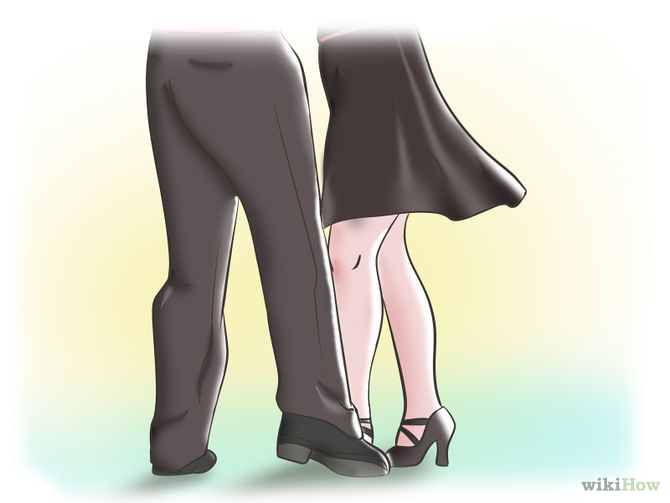
0.5 laps
Push off with both feet, hands on knees
Walking, race walking, slow running.
5 laps
Maintain arm's length
General posture exercises:
1. I. p. - lie on your back, rest your elbows on the floor. Leaning on the back of the head, elbows and buttocks, it is possible to bend more and return to the starting position.
5-6 times
Arch in the back
2. I. p. - emphasis, sitting on the heels, “Wave” with the body: bending your arms, bend in the thoracic spine, then, unbending your legs and touching the floor with your chest, go to the prone position. Return to starting position.
5-6 times
More flexion in the thoracic spine
3. I.p. - get on all fours. Bend your back as high as possible, drawing in your stomach, without lifting your palms and knees from the support. Slowly return to starting position.
5-6 times
Arch your back
4. I. p. - the same as in exercise 3. Bend your back, lowering your stomach as much as possible down, do not bend your arms, do not sit on your heels.
I. p. - the same as in exercise 3. Bend your back, lowering your stomach as much as possible down, do not bend your arms, do not sit on your heels.
5-6 times
Arch your back, lowering your belly as far down as possible
5. I. p. - legs apart. Bending back, lower yourself into the bridge.
2-3 times times
Bend back
Lead-in exercises:
1. Side steps forward, sideways and back
2-3 times
Toe pull
2. Variable steps forward, sideways and back
2-3 times
Toe pull
3. I. p. - right forward on the toe, hands on the belt. A small jump on the left leg, slightly lifting the right one above the floor.
2-3 times
Keep the leg extended
4. I. p. - the same. "AND". A small jump on the left leg, right forward and down. 1 - 2. Step on the right foot, left behind on the toe. 3-4. Step back on the left foot, right forward on the toe.
2-3 times
Look forward, do not stoop
5. I. p. - about. s, hands on the belt. Repeat exercise "4", returning to and. p. on the account 3-4
I. p. - about. s, hands on the belt. Repeat exercise "4", returning to and. p. on the account 3-4
2-3 times
Pull back toe
6. I. p. - III position, right in front, hands on the belt. "AND". Small jump on the left, right forward and down. 1 - "and". Side step from the right foot. 2. Step right, left foot behind on the toe. "AND". A small jump on the right leg, the left leg forward - down. 3- "and" - 4.
2-3 times
Field changes:
1. Changing from one line to two. After a preliminary calculation of two, the command is given: "In two lines - Build up!" For the reverse rebuilding, a command is given. In one line - Line up!" After the command, everything is performed in the reverse order (Fig. 1).
2 times
At this command, the second numbers take a step back with their left foot, with their right foot, without putting its step to the right, and, standing in the back of the first's head, put their left foot.
2. Rebuilding from one line and three. After the preliminary calculation, the command is given: "In three lines - Build up!" For the reverse rebuilding, the command is given: "In one line - Build up!". And everything is done in the reverse order (Fig. 2).
2 times
At this command, the second numbers stand still, the first numbers take a step with their right foot back, without putting their foot forward, step with their left to the side and, putting their right foot, stand in the back of the second numbers. The third numbers take a left step forward, a right step to the side and, placing the left, stand in front of the second numbers.
3..Changes from one column to two (three) columns. After the preliminary calculation, the command is given: "In a column of two (three) Line up!" (Fig. 3).
2 times
The actions of students in this case are similar to those that are performed when rebuilding from one line to two, three
Acquaintance with new knowledge and ways of working
15 minutes
The use of rhythmic elements of folk dances in the classroom develops coordination of movements, cultivates the ability to keep a beautiful posture in motion and helps to raise the emotional state of those involved.
Pulka - half).
Students stand in lines in a checkerboard pattern. Starting position: legs in the first position, hands placed on the belt.
Stroke 1. Extend your right foot forward and return to the starting position.
Stroke 2. Push forward on the toe of the left leg.
Stroke 3 - 4. Do in deep semi-squats, spreading your knees to the sides.
Stroke 5 - 8 . Repeat the movement of measures 1 - 4.
Stroke 9 - 10 . Push the right leg to the toe to the side (repeat the movements twice).
Stroke 11. Describe the toe of the right foot in a semicircle forward to the side - back.
Stroke 12. Describe the toe of the right foot in a semicircle in the opposite direction (back to the side - forward).
Stroke 13 - 16 . Repeat the movement of measures 9 - 12 with the left foot.
Repeat the movement of measures 9 - 12 with the left foot.
Stroke 17 - 18. Rise on high half-fingers, moving your hands to the third position, raising your head. The movement is performed twice.
Stroke 19 - 20 . Lower your arms to the sides to the bottom, while shaking your hands, performing small movements (one shake per eighth).
Measure 21 - 28. Repeat the movement of measures 1 - 8
(alternately pushing the legs forward and two half-squats).
Polka step - it is an alternating step performed by light jumps. Polka steps are distinguished forward, backward and with a turn around.
Polka step forward
Tact
Account
Description
"and"
small jump on the left foot, right foot forward down
Step with right foot, left foot behind on toe
"and"
put the left in the 3rd position at the rear
Right foot step, left foot behind on toe
"and"
Small jump on the right leg, left forward and down
1 - "and" -2- "and"
Same on the other leg
Back polka step
I. p. - Ш position, right in front of the hand on the belt
p. - Ш position, right in front of the hand on the belt
Tact
Account
Movement description
"and"
Small jump on the right leg, left leg back - down
"and"
Left side step back
Step left foot back, right foot forward on the toe
"and" -2 - "and"
Repeat counting movements with the right leg
Polka step with round turn
I.p. - Ш position, right in front of the hand on the belt.
Tact
Account
Movement description
“and”
Small jump on the left leg, right leg down to the right
"and"
Right side step
Step right foot to the right, left foot to the side on the toe
"and"
Turn to the right in a circle with a slight jump, bend the bent left leg with a sliding movement to straighten it to the side
1- "and" -2- "and"
Repeat on the left
During the exercise, you should monitor your posture; the back should be absolutely straight.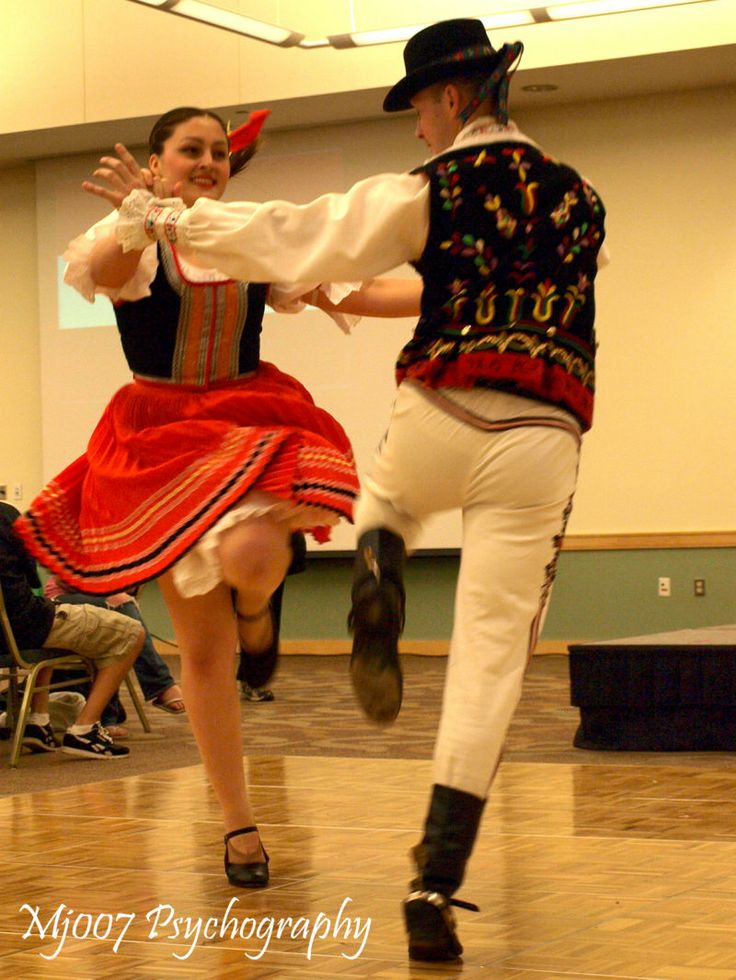 Performing half-squats, try to spread your knees to the sides as wide as possible. In measure 19, starting to shake the hands, turn them back to each other, then they turn down (shake with almost one finger), the movement is continuous, the arms simultaneously go down through the sides, then they are placed on the belt in measure 21.
Performing half-squats, try to spread your knees to the sides as wide as possible. In measure 19, starting to shake the hands, turn them back to each other, then they turn down (shake with almost one finger), the movement is continuous, the arms simultaneously go down through the sides, then they are placed on the belt in measure 21.
In the back polka, side steps are performed in a gallop step (same as in the forward polka). The body is turned in the direction of the leg of the same name, taking a step back, the head is turned in the opposite direction.
3. Consolidation of acquired knowledge and skills 6 minutes
Game
Game rules: 1) you can not push away the players during the capture of the balls; 2) you can not grab the ball before the teacher's signal. Players who violate the rules receive a penalty point.
Requires balls and hoops to play. A corridor 0.5 m wide is drawn in the middle of the hall. Players line up on both sides of it at a distance of 30 cm facing each other. One line is team 1, the other is team 2. A line is drawn in front of each team. In the middle of the corridor, balls are placed in one line (7 pieces with 14 players).
Players line up on both sides of it at a distance of 30 cm facing each other. One line is team 1, the other is team 2. A line is drawn in front of each team. In the middle of the corridor, balls are placed in one line (7 pieces with 14 players).
Game description: at the command of the teacher, the players, holding hands, perform the following movements: four polka steps forward and eight jumps back. The movements are repeated until the leader's signal (whistle) is heard. Upon hearing the signal, everyone must take the ball and run beyond the line of their team. The team with the most balls gets a point, after which the balls are put back in their original place. The game is repeated 3 times. The winner is determined by the highest score. In the presence of music, the signal to capture the balls is its cessation.
Movement set:
Teacher: Questions to consolidate knowledge:
Why was the dance called Polka?
How many measures are there in Polka?
Answers to questions:
The dance was called Polka because its main step was divided into half steps (Czech. Pulka - half).
Pulka - half).
There are 28 bars in the Polka dance.
Summing up the session, 2 minutes
Guys, today we have learned the elements of the Czech dance "Polka".
In front of you is a basket with blue and red stars, please, if you liked today's learning of the Polka dance, then take a red star, and if not, then a blue one.
Teacher: now it's time to say goodbye, let's stand in our places and say goodbye, with a bow.
Bow
References :
1. Bukhvostova, L.V. Composition and staging of dance [Text]: study guide / L.V. Bukhvostova, S.A. Shchekotikhina. - Orel: Orel State Institute of Arts and Culture, 2002.-160 p.
2. Bukhvostova, L.V. Mastery of the choreographer [Text]: study guide / L.V. Bukhvostova, S.A. Shchekotikhina. - Orel: Oryol State Institute of Arts and Culture, 2004.-144 p.
3. Burtseva, G.V., Baikova, A.P. Styles and techniques of jazz dance [Text]: textbook / G.V. Burtseva, A.P. Baikova.-Altai State Institute of Arts and Culture.-Barnaul, 1998.-115 p.
Styles and techniques of jazz dance [Text]: textbook / G.V. Burtseva, A.P. Baikova.-Altai State Institute of Arts and Culture.-Barnaul, 1998.-115 p.
4. Burenina, A.I. Rhythmic mosaic of dance [Text]: textbook / A.I. Burenina, 2014. -132s
Introspection of the session
The lesson was attended by 14 people, the age of students: 5-6 years.
Class type : Educational lesson, study and primary consolidation of new knowledge and methods of activity.
Type of occupation : practical lesson.
Purpose: learning with students of the basic elements of the classical Dance "Polka"
Tasks:
introduce students with history classical dance "Polka" and its time signature;
promote student development musical ear, memory and attention;
to create conditions that ensure the education of interest in the traditions of the peoples of the world.
The material of the lesson was relevant for the formation of an atmosphere of co-creation in the children's association and for attracting children to rhythmic lessons.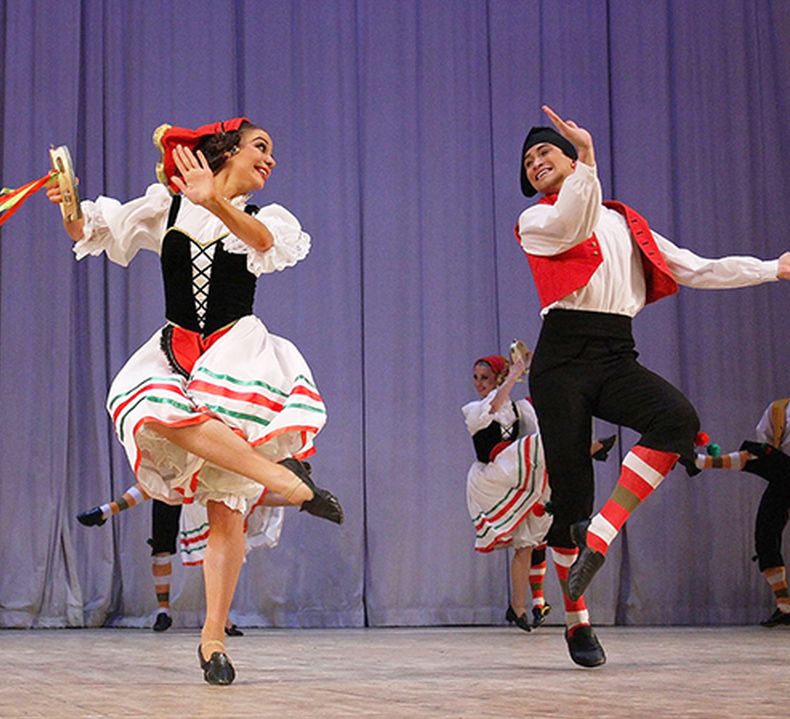
I expected the following results from the lesson :
they have formed the primary skills of performing elementary dance movements;
a comfortable atmosphere was created at the lesson, an atmosphere of goodwill and cooperation;
activity with elements of the game provided a positive sustainable motivation.
The teaching material of the lesson contributed creating conditions for the development of sustainable inte resa to dance teaching and development creative abilities of students .
The structure of the lesson was optimal, consistent with the age characteristics and development of students, as well as their interests. The time interval was sufficient for the implementation of each stage of the lesson.
The organization of students' activities in the lesson helped to achieve the developmental and educational goals of the lesson. The students actively collaborated with the teacher were interested, disciplined, benevolent, were drawn to the teacher.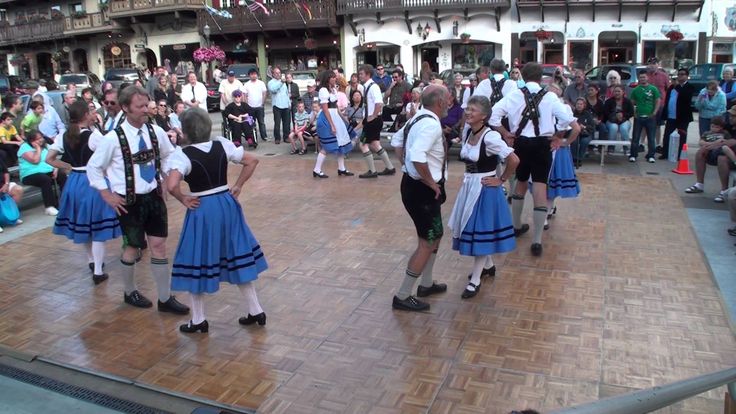 The chosen form of organization of the lesson ensured the maintenance of cognitive interest and activity of children throughout the lesson.
The chosen form of organization of the lesson ensured the maintenance of cognitive interest and activity of children throughout the lesson.
All students were involved in joint activities and cooperation with the teacher.
The following method and technique was used during the lesson: explanatory-illustrative and reproductive method. Techniques of showing and stimulating verbal encouragement were used . The combination of these methods and techniques was optimal and justified, corresponded to the content of the lesson, which contributed to the consolidation of knowledge and the development of dance skills in children.
The selected music corresponded to the proposed tasks, and the technical means were effective and provided comprehensive assistance in mastering the topic of the lesson and creating its positive emotional background.
Students I'm at work showed the ability to focus on specific task and were able to create to apply the acquired knowledge in practical work, in the game.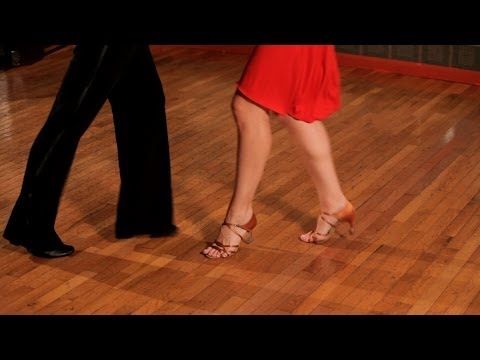 The task was completed correctly, as a result of which they received the skill of performing the learned movements, showing positive emotions and interest .
The task was completed correctly, as a result of which they received the skill of performing the learned movements, showing positive emotions and interest .
Educational and methodical
Learn the polka step
Methodological development
Editor T.Yu. Akhmetova
Cover design T.Yu. Akhmetova
Printed in MBUDO DTDM Belovo
Performed in free movement along the line of dance. It is a step-jump with the leg forward and two dexterous crossing steps. It is performed easily and gracefully, in a half-reversed position of the legs on low half-toes. During the step, the heel almost does not touch the floor. When stepping with the right foot, the body leans slightly to the right, while stepping with the left foot - slightly to the left.
Other names: Polka, Polkovy Step.
Examples of movements based on Pa Polka (Z. Reznikova "Ballroom dance", M, 1953, p. 278-288):
POLKA WITHOUT PROGRESS
On the count of "one": return the right foot to the first position and step on it, on low toes.
On the count of "and": step on the low half-toes of the left foot.
On the count of "two": step on the low half-toes of the right foot.
On the “and” count: with a slight jump, move the outstretched left leg forward and slightly raise it.
POLKA FORWARD
Start-up: on the count of “and” with a slight jump on the left leg, move the extended right leg forward and slightly raise it.
On the count of "one": take a step on the right foot on low toes.
On the count of "and": substitute the left foot to the right in the third position back on the low half-toes.
On the count of "two": again take a step with the right foot on low toes.
On the “and” count: with a slight jump on the right leg, move the extended left leg forward and slightly raise it.
LEFT TURN POLKA
The first half of the turn:
Back-tap: on the count of “and”, with a slight jump on the right leg, take the extended left leg to the left to the second position and slightly raise it, tilting the body and turning the head to the left.
On the count of “one”: starting a half-turn to the left, take a small step on the left foot, on the toes.
On the “and” count: continuing the half-turn to the left, substitute the right foot to the left in the third position back on the half-toes.
On the count of "two": step on the half-toes of the left foot, completing the half-turn to the left.
The second half of the turn:
Starting: on the count of “and”, with a slight jump on the left leg, take the extended right leg to the right to the second position and slightly raise it, tilting the body and turning the head to the right.
On the count of “one”: starting a half-turn to the left, take a small step on the right foot, on low toes.
On the “and” count: continuing the half-turn to the left, substitute the left foot to the right in the third position back on the low half-toes.
On the count of "two": step on the half-toes of the right foot, ending with a half-turn to the left.
On the count of “one”, “and”, “two”, the body gradually straightens, the head turns, taking the initial position.
POLE TURN RIGHT
First half of the turn:
Starting position: face the center of the circle in the third position, right foot in front.
Starting: on the count of “and” with a slight jump on the left leg, take the extended right leg to the right to the second position and slightly raise it, tilt the body to the right, turn the head to the right shoulder.
On the count of “one”: starting a half-turn to the right, take a small step on the right foot, on the toes.
On the “and” count: continuing the half-turn to the right, substitute the left foot to the right in the third position back on the half-toes.
On the count of "two": step on the half-toes of the right foot, finishing the half-turn to the right.
On the count of “one”, “and”, “two”, the body gradually straightens, the head turns, taking the initial position.
Second half turn:
Starting position: stand with your back to the center of the circle in the third position, left foot in front.
Starting: on the count of “and” with a slight jump on the right leg, take the extended left leg to the left to the second position and slightly raise it, tilt the body, turn the head to the left.
On the count of “one”: starting a half-turn to the right, take a small step on the left foot, on the half-toes.
On the “and” count: continuing the half-turn to the right, substitute the right foot to the left in the third position back on the half-toes.
On the count of "two": step on the half-toes of the left foot, ending with a half-turn to the right.
On the count of “one”, “and”, “two”, the body gradually straightens, the head turns, taking the initial position.
POLKA BACK
Start-up: on the count of “and” with a slight jump on the right leg, take the extended left leg back and slightly to the left, turning the body and head towards the leg that starts the movement, i. e. to the left (knee, instep and toes of the left leg are extended ).
e. to the left (knee, instep and toes of the left leg are extended ).
On the count of “one”: take a step on the left foot, stepping from the toe, on the low half-toes.
On the count "and": substitute the right foot to the left in the third position forward.
On the count of "two": again take a small step with the left foot, stepping from the toe, on the low toes.
On the count of “and”: move the right leg through the first position and with a slight jump on the left leg, answer the extended right leg back and slightly to the right, turning the body and head towards the noi that starts the movement, i.e. to the right (knee, lifting and the toes of the right foot are extended).
Polka is one of the most popular and beloved national Czech dances, which combines all the dance features of the Czech Republic.
The famous French dancer Cellarius described this dance as follows: "Even young people who are most negative about this dance awaken from apathy and discover their dancing abilities.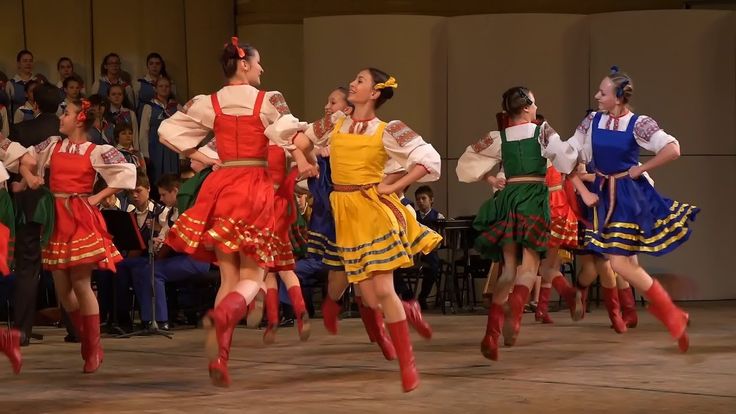 "
"
So what is the history of this cheerful and mischievous dance that has gained popularity throughout Europe?
Polka is a Czech peasant dance originating in the 19th century in eastern Bohemia (part of the Czech Republic). The very name of the dance "Polka", translated from the Czech language, means "half step", as it was danced in short small half steps with jumps and turns.
Polka is a two-part dance, similar in rhythm to other Czech folk dances, the figurative content of polka music varied from genre and lyrical to heroic images.
According to Bohemia's historical annals, the dance was invented by a rural girl, Anna Slezak, who, while singing a Czech folk song, invented the steps that make up the polka. The steps were quick and had a cheerful disposition.
Polka opened the local holidays, because hearing her cheerful motives, no one could stand still. And after a dance teacher from Prague successfully danced the polka at the Odeon theater in Paris, Parisian dancers and teachers became seriously interested in the new dance, and began to teach it in all salons and ballrooms. So lively and accessible dance quickly gained success and popularity.
So lively and accessible dance quickly gained success and popularity.
Polka had a huge impact on the formation of the ballroom repertoire, and also took a place in the dance art of many peoples.
There are polkas Hungarian, German, Swedish, Finnish, Polish and even Brazilian. On the basis of polka, most of the dances in Estonia, Latvia, and Lithuania are also built.
Basic movements used in the Polka dance
Side step
The side step is a preparatory exercise for mastering the canter and polka steps.
Step forward from 1st or 3rd leg position.
On the count of "one" - a sliding step of one is performed from the toe to the entire foot, on the count of "two" - the other foot is attached to the starting position.
The side step can be performed either with the right or left foot forward, or to the side, or backward.
Hands on the waist.
Gallop
Gallop - side steps performed by jumping.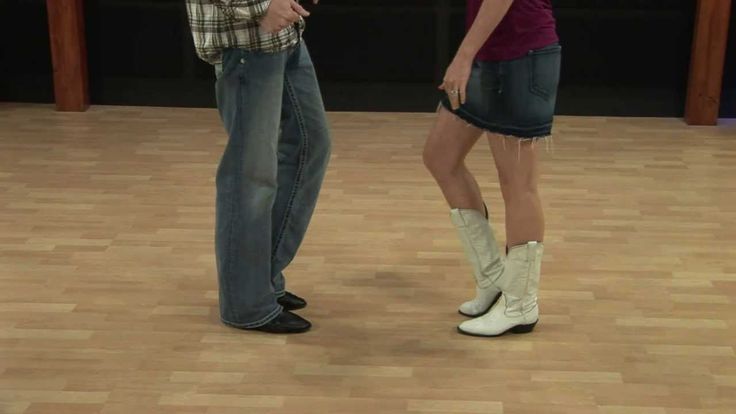 At the moment of the unsupported phase, the legs are together, the socks are drawn. At the moment of landing on one foot, the other takes a sliding step from the toe in the direction of movement.
At the moment of the unsupported phase, the legs are together, the socks are drawn. At the moment of landing on one foot, the other takes a sliding step from the toe in the direction of movement.
Canter is performed to the side, forward, backward.
Time signature 2/4.
The position of the hands when performing a gallop: hands on the belt, hands to the sides, one hand forward, the other to the side
Variable pitch
Starting position - 3rd position.
The Czech word polka means half step. The fast tempo of dance movements requires sharpness, clarity and agility, and thus makes the steps small and fast. Due to the consonance of the dance with the name of the country Poland, many people think that this state is the birthplace of the dance, but this is not so. The polka appeared almost two hundred years ago in the Czech province of Bohemia. Thanks to her frisky performance, she turned the heads of people of different social status, and without this magical action it was difficult to imagine a solemn event, whether it be a social celebration or a folk one.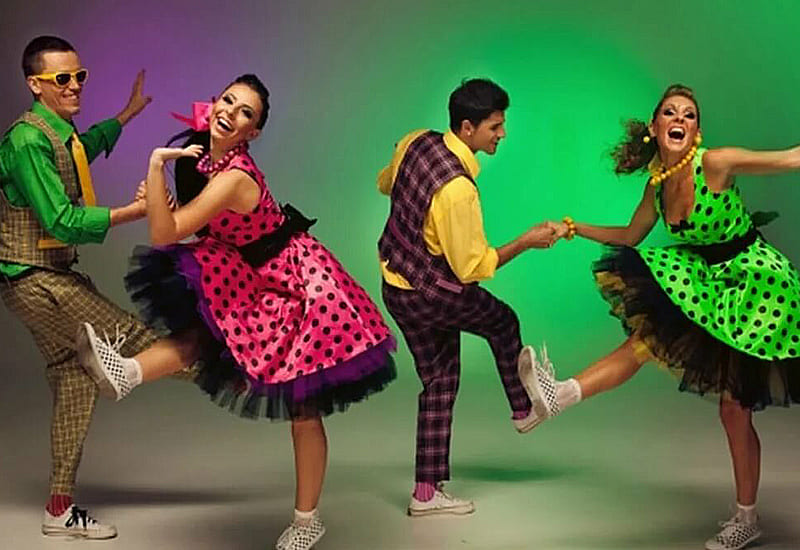 The popularity of the polka spread from the Czech Republic to France, and soon she captivated all of Europe. Hence the variations of the name, for example, Finnish, Belarusian, Hungarian and so on.
The popularity of the polka spread from the Czech Republic to France, and soon she captivated all of Europe. Hence the variations of the name, for example, Finnish, Belarusian, Hungarian and so on.
Let's get acquainted with the basic movements of this dance. Firstly, polka is a pair performance. Secondly, they perform it at a fast pace, the musical time signature is 2/4. This is a fairly simple dance, and beginners only need to learn a couple of basic moves. On the other hand, seemingly easy steps require a virtuoso performance from the dancer - not everyone can do too fast a pace.
Polka is a social and at the same time concert performance. It is appropriate not only at parties and corporate events, but also looks great on stage.
The performance of the polka is different for different nationalities. For example, the Belarusians perform it very gracefully, the Russians perform it cheerfully, but the Estonians are perhaps the only people who could turn the dance from super-fast to slow.
Polka entered the list of ballroom dances, but its ballroom varieties immediately arose, such as the mazurka, gallop and cotillion. The main step of the dance is called the polka. It is a combination of half steps connected by a prefix. This combination is performed in a circle or along the line of dance. In general, polka is danced by people with different levels of training. It is both vintage and.
By the way, the polka is one of the first on the list for learning choreography in kindergartens. For children, the polka dance is useful in that it perfectly develops the capabilities of the vestibular apparatus and the endurance of the body.
All types of polka have common basic movements, which can distinguish it from hundreds of other dances. Let's review and try to repeat a few simple steps.
The first thing we will pay attention to is the jump step. In fact, its name already speaks for itself. The movement should be easy and relaxed. The beat count will sound like this: “and one, two, three, and one, two, three . ..” or “and one, and two, and three ...”.
..” or “and one, and two, and three ...”.
The jump step consists of the following elements:
- Rise slightly on your toes for two quarters of the dance measure.
- Squat down a bit on the “and” count, and with a sharp movement, straighten up and straighten your knees so that they are stretched like a string.
- Next, get up on your toes, and on the count of two, slowly lower and relax your knees so that there is no tension in them and they look at ease.
- This movement is continued by bending the leg, which is carried out for ¼ beat. First, on “and”, do a small (almost imperceptible) squat, then relax your knees.
- For one, straighten the bent knee of the left leg, and bend the right.
- Again on the "and" place the right leg on the entire foot, and relax the knees.
During this movement, the dancer's body must remain perfectly even and not succumb to the inertial repetitions of the partner's movements.
Another basic polka move is called the step over. It is performed in one measure: on “and” we bend the right leg and raise the half-toes on the left, on the count of “times” we step with the right foot in place, then on the count of “and” we step on the spot with the left foot. Repeat the steps several times, the first step forward, then right, left and back, and the second step should look like a prefix.
It is performed in one measure: on “and” we bend the right leg and raise the half-toes on the left, on the count of “times” we step with the right foot in place, then on the count of “and” we step on the spot with the left foot. Repeat the steps several times, the first step forward, then right, left and back, and the second step should look like a prefix.
The Finnish polka dance is very popular today. It is performed not only in Finland, but also in other countries of the world. In this dance, the jumping step and stepping over are also used quite actively.
Finnish polka for children
Both adults and children love the Finnish polka. This dance is one of the first performed at matinees in kindergartens. An energetic children's body perceives the polka very easily, all movements are remembered and repeated by the kids in one breath. In addition, through this quick action, children spend all the energy that was not spent during the day.
Just look how beautiful the Finnish polka looks on a matinee.
 The right leg remains without weight.
The right leg remains without weight. 
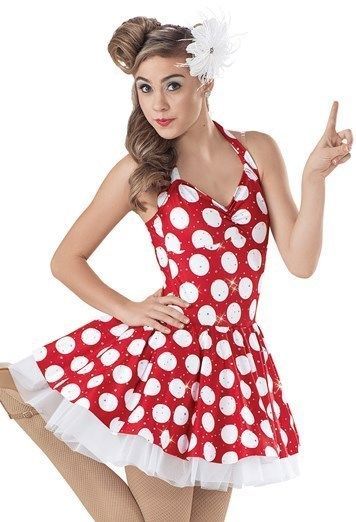 The boy starts on the left foot, the girl on the right foot.
The boy starts on the left foot, the girl on the right foot. 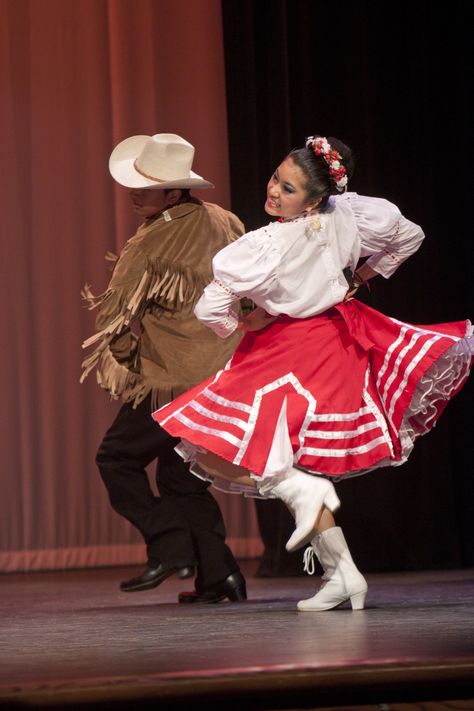






 The freed left leg rises slightly above the floor.
The freed left leg rises slightly above the floor. 